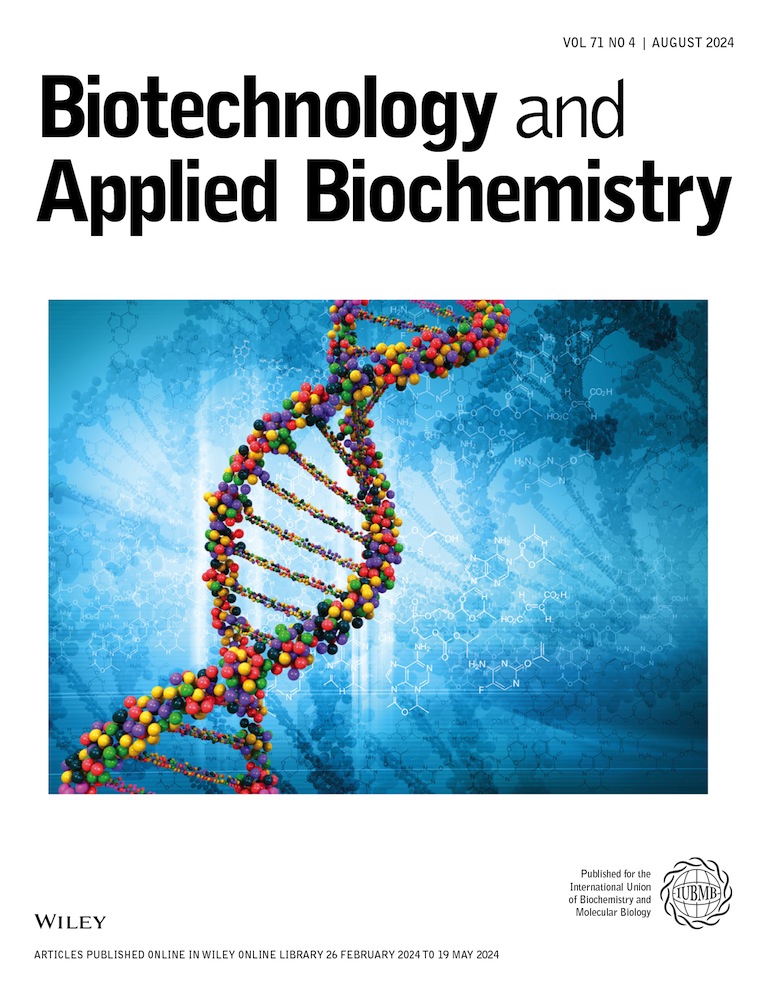形成免疫刺激复合物(iscoms)所需的脂质
IF 2.7
4区 生物学
Q2 BIOCHEMISTRY & MOLECULAR BIOLOGY
引用次数: 168
摘要
iscom -免疫刺激复合物-是一种高度免疫原性的微生物膜抗原制剂。生物化学分析的iscom成分是蛋白质和糖苷Quil a .对iscom的继续分析表明,蛋白质部分-抗原-不作为iscom的结构体。相反,胆固醇和奎尔A是组合在一起形成典型的笼状结构的基本结构成分。需要一种更“流体”的脂质,如磷脂酰胆碱,以促进两亲性多肽或寡肽结合到iscom基质中。本文章由计算机程序翻译,如有差异,请以英文原文为准。
The requirement of lipids for the formation of immunostimulating complexes (iscoms)
The iscom–immunostimulating complex–is a highly immunogenic formulation of microbial membrane antigens. The biochemically analyzed components of the iscom are the protein and the glycoside Quil A. Continued analysis of the iscom showed that the protein moiety–the antigen–does not contribute to the iscom as a construct. Instead, cholesterol and Quil A are the essential structural components assembled together into a typical cage-like structure. A more “fluid” lipid, such as phosphatidylcholine, is needed to facilitate the incorporation of amphipathic poly- or oligopeptides into the iscom matrix.
求助全文
通过发布文献求助,成功后即可免费获取论文全文。
去求助
来源期刊

Biotechnology and applied biochemistry
工程技术-生化与分子生物学
CiteScore
6.00
自引率
7.10%
发文量
117
审稿时长
3 months
期刊介绍:
Published since 1979, Biotechnology and Applied Biochemistry is dedicated to the rapid publication of high quality, significant research at the interface between life sciences and their technological exploitation.
The Editors will consider papers for publication based on their novelty and impact as well as their contribution to the advancement of medical biotechnology and industrial biotechnology, covering cutting-edge research in synthetic biology, systems biology, metabolic engineering, bioengineering, biomaterials, biosensing, and nano-biotechnology.
 求助内容:
求助内容: 应助结果提醒方式:
应助结果提醒方式:


